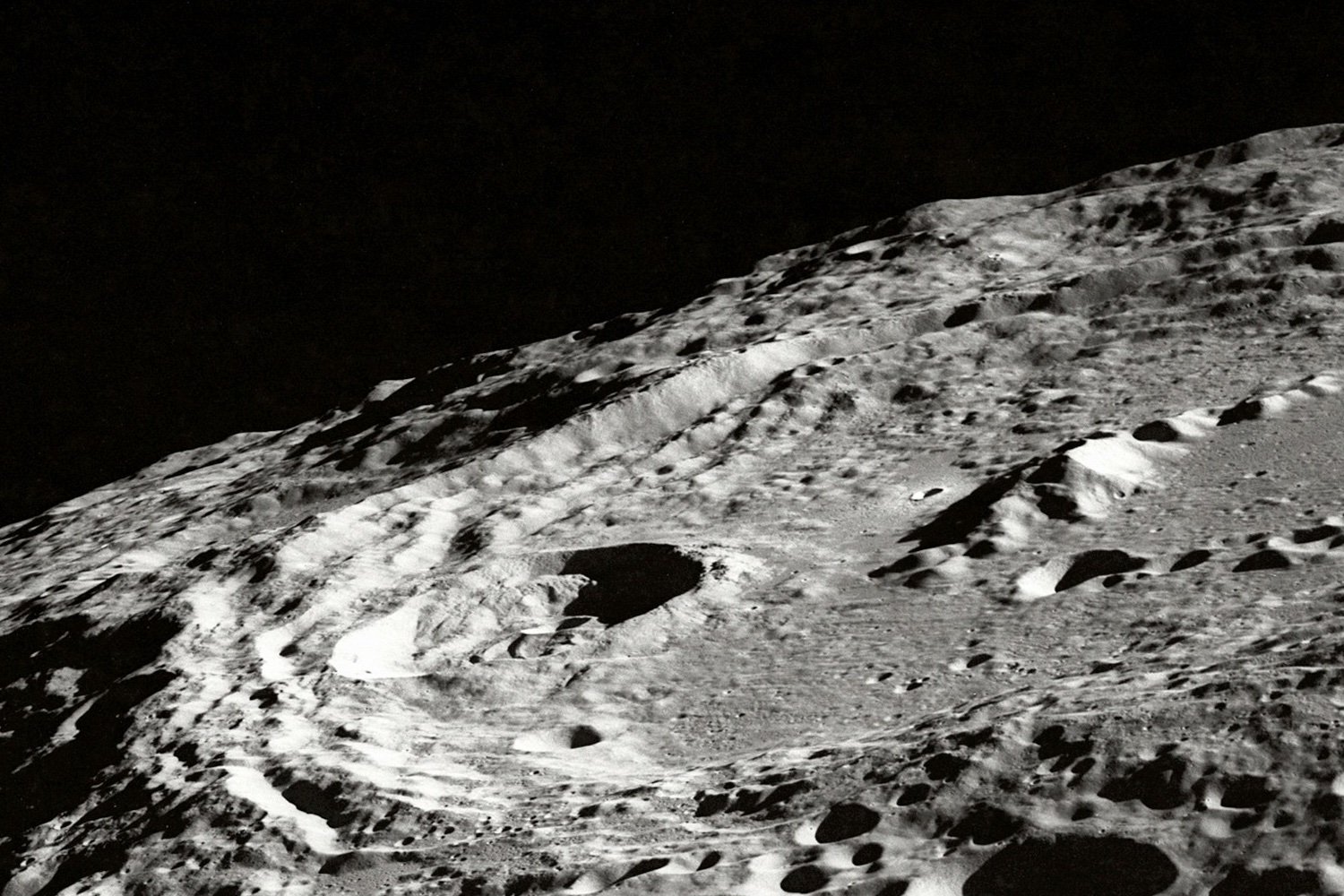Tasmania is a small island area of Australia known for two things: the Tasmanian devil (which has nothing to do with the one in the cartoons) and the Tasmanian tiger. The first is interesting because it is the largest carnivorous marsupial on the planet. The second, because it is another huge marsupial that was considered extinct in 1936.
Now, an extremely well-preserved head found in the back of a closet may hold the key to reviving this Tasmanian tiger. Although it is easier said than done.
a sad story. The Tasmanian tiger, also called the Tasmanian wolf, was a marsupial. A spectacular one that we can appreciate today thanks to the limited material filmed at the Hobart Zoo in Tasmania. Unfortunately, he is no longer with us and, as on so many occasions, we are somewhat to blame. The Tasmanian tiger was disappearing from mainland Australia before the arrival of Europeans, but there was still a significant population on the island of Tasmania.
Natives in Australia hunted them, and in Tasmania, settlers blamed them for livestock deaths, so bounties began to be offered for hunting them. The competition with dogs – also introduced by the settlers – and the hunting of the species that were their prey put the icing on the cake. The last specimens were one that was hunted by a farmer in 1930 and another that died due to neglect at the Hobart Zoo in 1936, where some videos were recorded.
bring it back. It was declared an extinct species, but since then we have been determined to bring it back to life. As? Through million-dollar rewards for anyone who found a specimen (none was ever charged) and with a cloning project in 1999. The problem, one of them, was that the genetic material of the preserved specimens was too degraded to be used.
In 2017, a team from the University of Melbourne reopened the project by successfully sequencing the species’ genome and creating a complete genetic map. They discovered that the Tasmanian tiger had a weak immune system and, if it had survived, would have faced the same ecological difficulties as the living Tasmanian devil, on the other hand.

the head. Now, the tables may turn due to an unexpected discovery: a head with soft tissue in perfect condition. As we can read in The Guardian, researchers at the University of Melbourne’s Integrated Thylacine Genetic Restoration Laboratory (a department focused exclusively on research on this animal) thought it was impossible to find something like this, but they did.
“It was literally a head in a jar of ethanol. It was in the back of a closet and had been forgotten there, with the skin removed, for about 110 years,” says Andrew Pask, leader of the laboratory. He states that “it is quite disgusting, a macabre sight, since people had cut off large chunks”, but beyond the aesthetics, it is something with a lot of potential.


The head found
“Miracle” The head appeared a year ago and, since then, the team has continued working to decipher the map of the animal’s genome. The reason is that it contains material such as long DNA sequences, but also long RNA molecules, crucial for reconstructing the genome of an extinct animal, something Pask describes as a miracle. Additionally, it has allowed the team to advance faster than expected thanks to this head.
“We are further along than I thought we would be. We have completed many steps that we thought would be very challenging and that others called impossible,” he says.

The RNA. DNA is important, of course, but RNA was the real surprise for the team. It is much less stable than DNA and varies between tissues, so it has the information for a specific tissue to function correctly. In the case of the sample found, the researchers obtained information related to the nose, eyes, tongue and facial tissues of the animal, as well as insight into the functioning of the brain to decode data on the taste, smell or vision of the Tasmanian tiger.
The cartoon videos explaining why bringing back the Tasmanian tiger are so ‘Jurassic Park’…
Fiddling with genetics. Funding all of this is Colossal, a Texas-based “species de-extinction and preservation” biotechnology company that is not only trying to bring back to life the Tasmanian tiger, but also the dodo or woolly mammoth. The funding is 235 million dollars and they claim that it is the biggest step in this race to bring the animal back to life, since the sample has only 45 gaps in a genetic plane of about 3,000 million pieces of information.
For when. That’s the big question, at this point. Pask comments that “the first thylacine-like being” could be born in three or five years, but they would not call it, directly, “thylacine.” He believes that they could create its skull, legs and even the stripes on its back, but that it would still There are things they don’t know how to do.
The goal, in any way, is to make a real thylacine, not a hybrid animal, although to do so they have to take stem cells from a living species with DNA similar to that of the Tasmanian tiger. One candidate is the fat-tailed mouse, another much smaller marsupial, but which would allow a first approach to a specimen similar to the thylacine.
Skepticism. On the less enthusiastic side, there are those who view all this with suspicion. Euan Ritchie is a professor of wildlife ecology and conservation at Deakin University and, although he says he welcomes the program because it can help endangered species, he has doubts about Pask’s project.
“I think we will probably have a thylacine-like animal, but it won’t really be a thylacine. The question is what will be done next. For example, how it will behave in the wild and what effect it would have on the ecosystem. We have no idea what will happen because there are no living thylacines and he will not have other similar animals to learn from,” says Ritchie.
He considers that this is a challenge as great as the genetic challenge itself and, in addition, he wonders why so many funds are being invested to revive species when there are thousands on the brink of extinction. In the end, this is, above all, a private effort, and everything seems to indicate that both Colossal and the University of Melbourne will follow the steps to resurrect the Tasmanian tiger. Or something similar.
In WorldOfSoftware | Birds, wild boars and even a prehistoric clam: these are some of the species that returned from extinction











